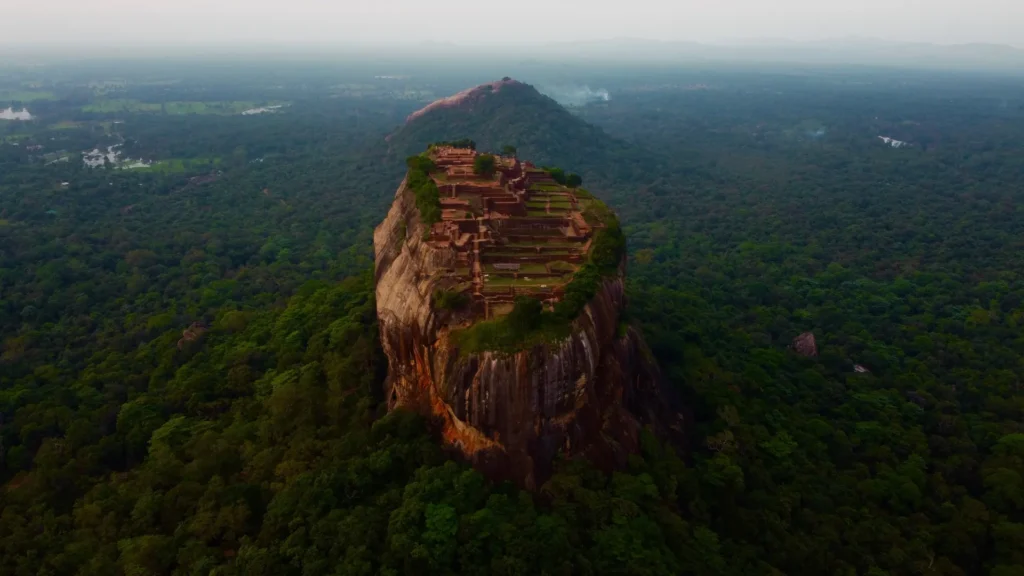- Home
- Destinations
Destinations
Welcome to the gem of the Indian Ocean, where vibrant cultures, stunning landscapes, and warm hospitality come together to create a memorable experience. Our “Best Destinations in Sri Lanka” page invites you to explore a land rich in history, featuring pristine beaches, lush greenery, and a vibrant array of flavors.
Join us on a virtual journey as we reveal the top destinations that capture the essence of Sri Lanka’s charm. From the ancient marvels of Sigiriya and the revered city of Kandy to the golden sands of Bentota and the wild beauty of Yala National Park, each destination offers a unique and captivating experience.

01
Anuradhapura
02
Sigiriya
03
Polonnaruwa
04
Jaffna
05
Dambulla
06
Mihintale
07
Kandy
08
Nuwara Eliya
09
Ella
10
Colombo
Colombo, serving as Sri Lanka’s bustling commercial hub, greets weary travelers just an hour away from Bandaranaike International Airport. Many prominent financial institutions, airline offices, retail stores, and accommodations call Colombo home, rendering it an essential component of the country’s infrastructure. Key points of interest for visitors include the storied Fort district, chaotic Pettah neighborhood, the former Old Parliament Building, picturesque Galle Face Green, engaging Dutch Museum, and revitalized Dutch Hospital shopping precinct. Additionally, modern edifices such as the Bandaranaike Memorial International Conference Hall and the eclectic array of worship spaces – namely, Gangaramaya Temple, Dawatagaha Mosque, Wolvendaal Church, and Ponnambalam Vanesar Kovil – add depth and diversity to the urban experience. Delving further into history, the centuries-old Kelaniya Raja Maha Viharaya temple awaits ten kilometers outside the metropolis, dating back an astounding 2,566 years since graced by none other than Lord Buddha himself merely eight years following his Enlightenment. For sun-seekers, nearby Mount Lavinia coastline promises sandy shores and azure waters, while wildlife aficionados will appreciate Dehiwala Zoo situated conveniently just ten kilometers from the heart of Colombo. With so much variety packed into a single locale, there’s no shortage of discoveries waiting to unfurl themselves across your explorative pathways within Colombo’s energetic embrace!
11
RATHNAPURA
Rich in history and allure, Ratnapura earns its reputation as the illustrious City of Gems, tracing its legacy back thousands of years. Its primary industry revolves around gemstone mining, yielding some of the world’s most prized and elusive jewels, drawing treasure hunters and admirers alike. Majestic rubber and tea plantations drape the surrounding countryside, adding layers upon layers of visual delight. Nature enthusiasts revel in the effortless accessibility to two of Sri Lanka’s crown jewels: the divine Adam’s Peak and the spellbinding biodiversity sanctuary, Sinharaja Rainforest Reserve. Embracing her role as a crossroads connecting adventurers, traders, and dream chasers, Ratnapura continues to dazzle each fortunate soul who wanders through her welcoming streets.
12
Galle
Galle, a UNESCO World Heritage City, flourishes thanks to its spectacular harbor, steeped in mystery and legend. Scholars propose that Galle corresponds to the Biblical Tarshish, given its advantageous geographical placement related to maritime trade routes. Since at least the 14th century, sailors and merchants have sought solace in Galle’s safe haven, establishing it as the paramount port in the region. Beyond the historic charm of its celebrated harbor and imposing Dutch Fort, Galle enthralls visitors with its exquisite craftsmanship, featuring traditional industries such as handloomed lacework, ebony woodcarving, and masterful gem-cutting and polishing techniques. Time spent traversing Galle’s labyrinthine cobblestone alleys yields ample rewards for curious souls eager to unlock her secrets.
13
KITHULGALA
14
Alu Vihare
Positioned mere minutes from Matale town, Aluvihare Rock Temple occupies a cherished space in Buddhist history as the very site where the Tripiṭaka (sacred scriptures) were painstakingly transcribed onto palm leaves during the 1st century BC, under the patronage of King Walagamba. Divided into three distinct sections – the Vinaya Piṭaka (monastic rules), Sutta Piṭaka (discourses), and Abhidhamma Piṭaka (metaphysics) – these texts form the foundation of Theravada Buddhism. Marvel at the authentic ola leaf manuscripts, iron styluses utilized in the transcription process, evocative rock engravings, and an abundance of venerated Buddha statues housed within Aluvihare Rock Temple. Pay homage to this pivotal milestone marking the preservation and dissemination of Buddha’s teachings, forever etched within the annals of religious chronicles.
15
Mahiyangana
16
Adam’s Peak
Embark on a Journey!
Discover, Experience, and Create Everlasting Memories!
Set sail on an extraordinary voyage with JourneysCapetravel.com. Explore diverse cultures, indulge in rare experiences, and create cherished memories that echo long beyond your trip’s end. Allow us to help you pen a captivating new chapter filled with lasting impressions.